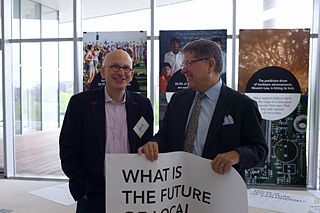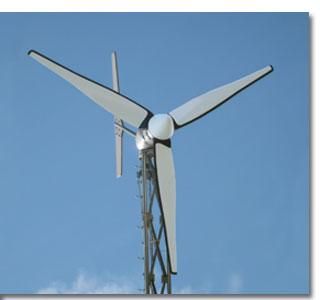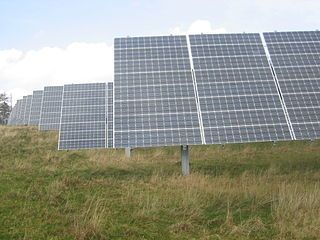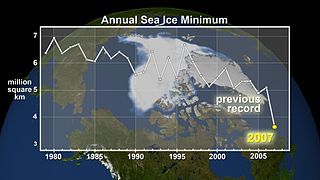Variable Clean Energy Resources Represent a Challenge for Germany — But Didn't We Already Know That?

In any case, we all need to be respectful of Germany, as, with their new-found anti-nuke sentiment, they really are grabbing the clean energy bull by the horns. It’s a very interesting commitment for a country whose cultural norms are so deeply rooted in minimizing risk. “Sicher ist sicher” (sure is sure) an old friend used to tell me, describing the typical German mentality.
Of course, the Germans would respond here, “You want sure? OK, we’re surely destroying our planet with the consumption of fossil fuels. The question is what are we going to do about it.”

 Here’s an article from
Here’s an article from  It’s hard to know what to make of this week’s
It’s hard to know what to make of this week’s  Considering I was a marketing guy for the fat part of my career, it may be a bit strange that I don’t closely follow the writings of Seth Godin (on left in photo), certainly one of the biggest names in marketing over the past 20 years. I did, however, come across
Considering I was a marketing guy for the fat part of my career, it may be a bit strange that I don’t closely follow the writings of Seth Godin (on left in photo), certainly one of the biggest names in marketing over the past 20 years. I did, however, come across  Kenny Hearn from South Africa writes:
Kenny Hearn from South Africa writes: I mentioned earlier that I’m on my way to Portland, OR for the day, and I happen to be flying on Alaska Airlines. I just leafed through the in-flight magazine, expecting to see plenty of ads for arctic cruises and fishing expeditions, photos of bears, and other enticements to come to the destinations the airline serves. Yes, there was plenty of all that.
I mentioned earlier that I’m on my way to Portland, OR for the day, and I happen to be flying on Alaska Airlines. I just leafed through the in-flight magazine, expecting to see plenty of ads for arctic cruises and fishing expeditions, photos of bears, and other enticements to come to the destinations the airline serves. Yes, there was plenty of all that. I’m on my way to Portland, OR this morning to do a marketing needs assessment for
I’m on my way to Portland, OR this morning to do a marketing needs assessment for  Renewable Energy World does a good job at tracking the adoption of clean energy at all levels, including continental. Here’s an
Renewable Energy World does a good job at tracking the adoption of clean energy at all levels, including continental. Here’s an  Here’s a very accessible
Here’s a very accessible  Alternative energy is big. It’s an important field of study and it’s a great way to help us lower our carbon footprint. Why, exactly, is this important? Currently, we are starting to run out of a lot of our natural resources. On top of that, humans are having a harsh impact on the planet. However, with some of the biggest breakthroughs in alternative energy, we may be able to ensure that energy sources in the future are renewable sources of power.
Alternative energy is big. It’s an important field of study and it’s a great way to help us lower our carbon footprint. Why, exactly, is this important? Currently, we are starting to run out of a lot of our natural resources. On top of that, humans are having a harsh impact on the planet. However, with some of the biggest breakthroughs in alternative energy, we may be able to ensure that energy sources in the future are renewable sources of power.